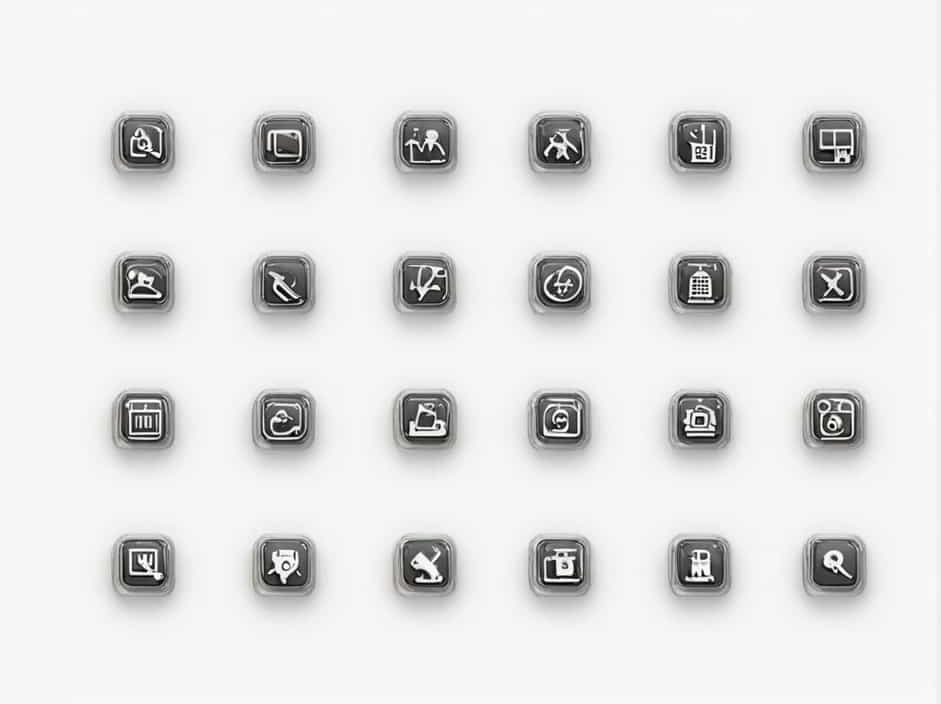Unicode is the global standard for encoding and representing text, allowing computers to store, process, and display characters from different languages and scripts. Whether you’re working with English, Arabic, Chinese, or even emojis, Unicode ensures that every character is uniquely identified and displayed correctly.
But one common question arises: How many characters can Unicode represent? This topic explores the capacity of Unicode, how it works, and why it is essential for digital communication worldwide.
What is Unicode?
Unicode is a universal character encoding standard designed to support text representation across different languages, symbols, and scripts. It was created to solve the limitations of earlier character encoding systems like ASCII, which could only represent 128 or 256 characters.
With Unicode, every character is assigned a unique code point, ensuring consistency across different platforms, devices, and applications.
How Many Characters Can Unicode Represent?
Unicode is designed to support up to 1,114,112 characters, covering a vast range of scripts, symbols, and special characters. These characters are distributed across 17 planes, each containing 65,536 code points.
Understanding Unicode Planes
Unicode organizes characters into different planes, which are groups of 65,536 code points. Here’s a breakdown of these planes:
1. Basic Multilingual Plane (BMP) – Plane 0
✔ Contains the first 65,536 code points (U+0000 to U+FFFF).
✔ Includes characters for most modern languages.
✔ Covers scripts like Latin, Cyrillic, Arabic, Chinese, and Greek.
2. Supplementary Multilingual Plane (SMP) – Plane 1
✔ Contains additional scripts and symbols (U+010000 to U+01FFFF).
✔ Includes historic scripts, mathematical symbols, and emojis.
3. Supplementary Ideographic Plane (SIP) – Plane 2
✔ Stores additional CJK (Chinese, Japanese, Korean) characters.
✔ Used for rare and historic Chinese characters.
4. Other Supplementary Planes (Planes 3-16)
✔ Reserved for specialized symbols, rare scripts, and future expansions.
✔ Includes ancient scripts, unused code points, and technical symbols.
Since Unicode supports over a million possible characters, it ensures that even lesser-known languages and symbols have a place in digital systems.
How Many Characters Are Currently Assigned?
As of the latest Unicode version, approximately 149,186 characters have been officially assigned. This number grows with each new Unicode release as more scripts and symbols are added.
The remaining over 900,000 code points are reserved for future use, ensuring Unicode remains expandable and adaptable to new languages and technologies.
Why is Unicode Important?
1. Multilingual Support
Unicode allows seamless communication across different languages, eliminating encoding errors that were common with older systems.
2. Standardization Across Platforms
From websites and databases to mobile applications and operating systems, Unicode ensures consistency in text representation.
3. Emoji Support
Modern communication relies heavily on emojis, which are all part of Unicode’s Supplementary Multilingual Plane.
4. Compatibility with Legacy Systems
Unicode is backward compatible with ASCII, meaning older systems can still process basic text while supporting more complex scripts.
5. Essential for Programming and Data Processing
Unicode is used in programming languages, databases, and web applications to store and process text accurately.
How is Unicode Encoded?
Unicode characters can be represented using different encoding formats, including:
1. UTF-8 (Most Common)
✔ Variable-length encoding (1 to 4 bytes per character).
✔ Efficient for English text while still supporting all Unicode characters.
✔ Used by websites, databases, and programming languages.
2. UTF-16
✔ Uses 2 or 4 bytes per character.
✔ Common in Windows applications and older systems.
3. UTF-32
✔ Uses 4 bytes per character, making it fixed-length but less efficient.
✔ Suitable for highly specialized applications.
Among these, UTF-8 is the most widely used due to its efficiency and compatibility.
Unicode vs. Other Encoding Systems
| Encoding | Max Characters Supported | Byte Size | Common Usage |
|---|---|---|---|
| ASCII | 128 | 1 byte | Legacy systems, simple text |
| Extended ASCII | 256 | 1 byte | Western European languages |
| UTF-8 | 1,114,112 | 1-4 bytes | Websites, modern apps |
| UTF-16 | 1,114,112 | 2-4 bytes | Windows apps, Java |
| UTF-32 | 1,114,112 | 4 bytes | Scientific computing |
Unicode’s ability to encode over a million characters makes it far superior to older encoding systems like ASCII and Extended ASCII.
Does Unicode Have a Limit?
Although Unicode can theoretically represent 1,114,112 characters, it is unlikely that all these code points will be used. Many slots remain reserved for future scripts, symbols, and system use.
The Unicode Consortium continuously updates the standard, ensuring new characters are added as needed while maintaining backward compatibility.
Common Unicode Challenges
Despite its advantages, Unicode presents some challenges, including:
1. Compatibility Issues
Older systems and applications that don’t support Unicode may display garbled text or incorrect symbols.
2. Byte Order Differences (UTF-16 and UTF-32)
Some systems require Byte Order Marks (BOM) to interpret multi-byte characters correctly.
3. Complex Script Handling
Languages like Hindi, Arabic, and Thai require special rendering techniques due to their complex script structures.
4. Storage and Performance Considerations
Using UTF-32 increases storage requirements, making UTF-8 the preferred choice for efficient text encoding.
Future of Unicode
Unicode will continue to evolve, with new characters, symbols, and emojis added regularly. Future developments include:
✔ Expansion of underrepresented scripts for global inclusivity.
✔ Enhanced emoji sets for diverse digital communication.
✔ Improved text rendering technologies for complex scripts.
As digital communication grows, Unicode remains the foundation of universal text representation, ensuring seamless interaction across different languages and platforms.
Unicode is capable of representing up to 1,114,112 characters, ensuring support for almost every written script, symbol, and emoji in the world. Currently, around 149,186 characters have been assigned, with many more reserved for future use.
With its universal encoding system, Unicode eliminates language barriers, standardizes digital communication, and supports an ever-expanding range of characters. Whether you’re coding a website, sending a text message, or storing multilingual data, Unicode ensures that text is displayed accurately and consistently across all devices and platforms.
As Unicode continues to grow, it will remain the key standard for digital text representation, adapting to the evolving needs of global communication.
